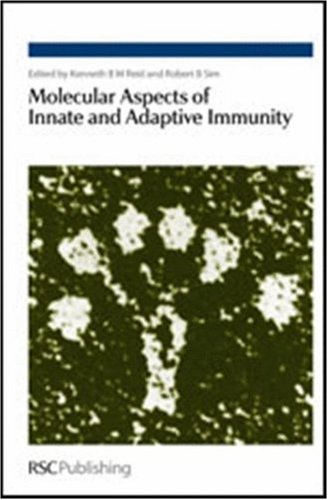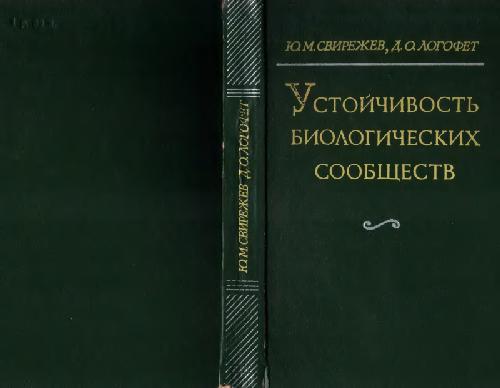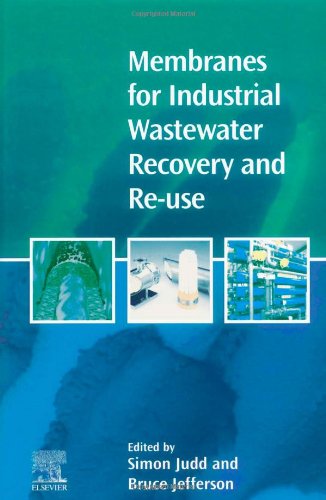Kenneth B. M. Reid, Robert B. Sim0854046984, 9780854046980
Each chapter in the book gives a brief historical background to a topic and then provides a survey of recent advances in the field and is written by internationally recognized renowned experts. The theme running through the chapters is that of protein structure-function relationships, including, amongst others, descriptions of quaternary structures of large oligomeric proteins, of Factor H and C1q binding to specific ligands, and of the chemistry of the mechanism of catalysis of covalent binding of activated C3 and C4 proteins to nucleophilic groups on microbial surfaces. In several chapters excellent descriptions are given with respect to how the immune system can be recruited to combat microbial infection via proteins of both the innate and adaptive immune systems.
The book also includes notable chapters which are excellent examples of the importance of how the isolation, characterization, protein engineering and crystallization has resulted in a full understanding of complex protein-protein interactions involved in the recognition and triggering events of important sections of the immune system: Structure and Function of the C1 Complex, Gerard J. Arlaud; Chemical Engineering of Therapeutic Antibodies, George T. Stevenson; Leukocyte surface proteins: purification and characterization, A. Neil Barclay; Cell Surface Integrins, Suet-Mien Tan and S.K. Alex Law.







Reviews
There are no reviews yet.